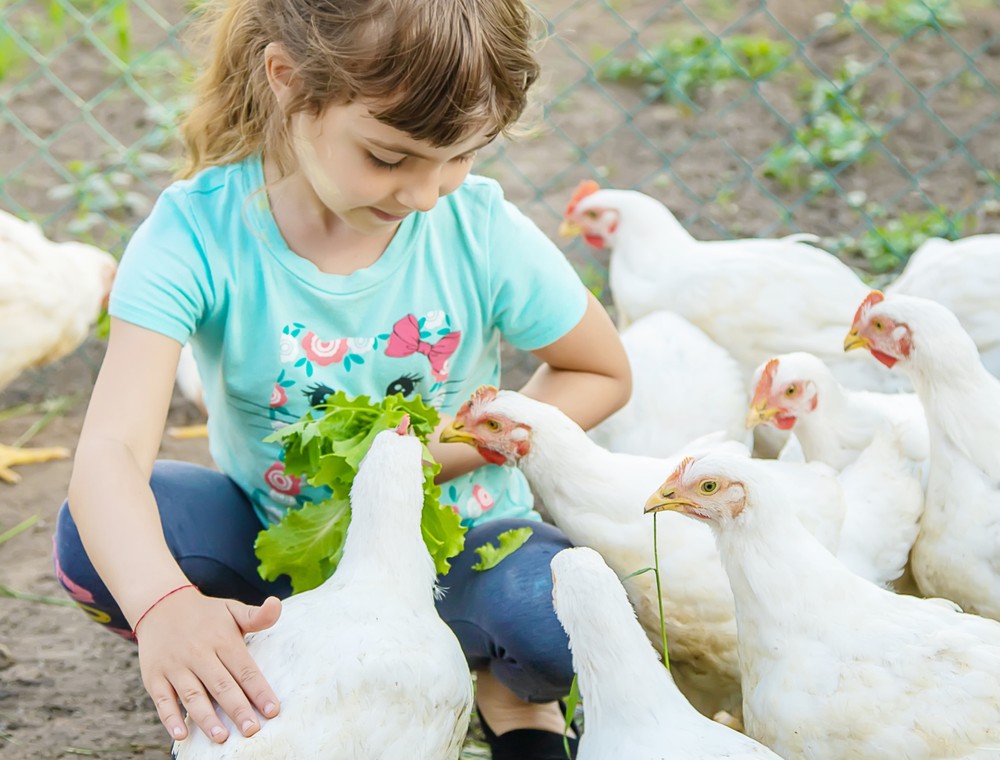Farm‑to‑Table & Local Food Guide to Mallorca
1 Why “Km 0” Matters
Km 0 (“kilómetro cero”) means produce that travels the shortest possible distance—ideally from a local finca (farm) straight to your plate. - Freshness: picked hours (not days) before it reaches the kitchen. - Flavour: heritage varieties chosen for taste, not for surviving a 1 000 km truck ride. - Footprint: lower transport emissions and packaging. - Community: every euro spent stays on the island.

Tours at fresopolis-mallorca.com
2 Where Mallorca’s Food Comes From
| Food group | Island‑grown | Mainland Spain | Wider EU / global |
|---|---|---|---|
| Fruit & veg | Citrus, apricots, melons, Ramallet tomatoes, peppers, almonds | Potatoes, onions, winter lettuce | Off‑season berries, exotic fruit |
| Meat | Porc Negre pig, spring lamb (“cordero lechal”) | Beef, most chicken | Specialty charcuterie |
| Seafood | Red scorpion‑fish, llampuga (mahi‑mahi), prawns, squid | Cod, hake | Farmed salmon, tuna |
| Dairy | Mahón‑style cow cheese from neighbouring Menorca; Mallorcan goat yogurt | Manchego, kefir | Butters & creams |
Takeaway: You can eat 100 % Mallorcan for most of the year if you focus on pork, lamb, day‑boat fish and seasonal produce.
3 Supermarket vs Local Market
| Factor | Mercadona (Nation‑wide chain) | Weekly & Village Markets |
|---|---|---|
| Sourcing model | 80–85 % Spanish; Balearic produce when available, topped‑up from Murcia, Andalusia or France | Almost entirely “km 0”; farmers drive in at dawn |
| Harvest‑to‑shelf | 1–3 days | 12 h or less |
| Variety | Shelf‑life varieties, standard calibres | Fragile or quirky cultivars (wild asparagus, Tap de Cortí pepper) |
| Price | Competitive on staples; premiums on organics | Haggling possible; organics often cheaper than supermarket equivalents |
| Experience | Air‑con, barcode checkout, parking | Social hub with live music, coffee carts, street food |
Market days worth checking: - Sineu (Wed): the only market where live animals are still traded. - Santa Maria (Sun): gourmet stalls & organic focus. - Pollença (Sun): perfect after a hike up the Calvari steps.
4 Seasonality Calendar
| Season | Peak Fruits | Peak Veg & Herbs | Foodie Highlights |
|---|---|---|---|
| Winter (Dec – Feb) | Oranges, lemons, tangerines, persimmons | Artichokes, cauliflower, sweet potato, chard | Almond blossom festivals (Feb) |
| Spring (Mar – May) | Strawberries, loquats, green almonds, early apricots | Wild asparagus, peas, spinach | Porreres “Apricot Week” (mid‑May) |
| Summer (Jun – Aug) | Apricots, peaches, figs, melons, grapes | Ramallet tomatoes, peppers, courgettes, aubergines | Make trempó salad & gazpacho |
| Autumn (Sep – Nov) | Pomegranates, late figs, quinces | Pumpkins, mushrooms, olives, leeks | Olive‑oil press tours, grape‑stomp parties |
Pro tip: Many restaurants run a menú de temporada—ask for the seasonal tasting menu.
5 Specialty Suppliers & How to Visit Them
| Supplier / Area | What They Offer | Visitor Experience | Contact |
|---|---|---|---|
| Terracor × Terragust (Manacor) | 400 ha of orchards & fields: xeixa wheat, figs, melons | Tractor ride, pick‑your‑own, long‑table lunch under carob trees | terragust.com |
| Agromart (28 stores) | Heritage veg, local eggs, olive oil | Self‑guided farm‑shop tour; look for “km 0” badges in partner restaurants | agromart.es |
| Hotel Corazón Farm (Santa Maria) | Organic kitchen garden feeding a boutique hotel | Book a day‑pass for the garden tour & flower‑flecked lunch | hotelcorazon.com |
| Porc Negre breeders (various) | Native black pig for top‑grade sobrassada | Butchery demos, charcuterie tastings | ask at Can Company |
| Finca Son Barrina (Sa Pobla) | Certified organic veg boxes | Saturday farm shop + pizza night in the greenhouse | sonbarrina.com |
6 Hands‑On Experiences for Visitors
- Finca‑to‑Plate Dinners – limited‑seat pop‑ups pairing guest chefs with local farms. Book early!
- Market Tours & Cooking Classes – start at Palma’s Mercat de l’Olivar, end with a paella workshop.
- Olive & Almond Harvest – join a family estate in October for olive picking and oil tasting.
- Wine & Sobrassada Pairing – mallorcan reds (Manto Negro grape) marry beautifully with cured Porc Negre sausage.
- QR‑Powered Provenance Trails – scan a tomato crate QR to see which restaurants serve that farm’s produce today.
7 Practical Tips
- Language: Catalan & Spanish are widely spoken; “Bon profit !” will earn smiles.
- Cash vs Card: Markets still favour cash, but most stalls now take contactless payments.
- Timing: Arrive before 10 a.m. to beat the crowds and heat.
- Transport: Public bus network is decent, yet rural fincas often require a rental car or arranged transfer.
- Etiquette: Always ask before photographing farmers or private land.
Enjoy discovering the true flavours of Mallorca—and remember, every forkful tells a local story.
